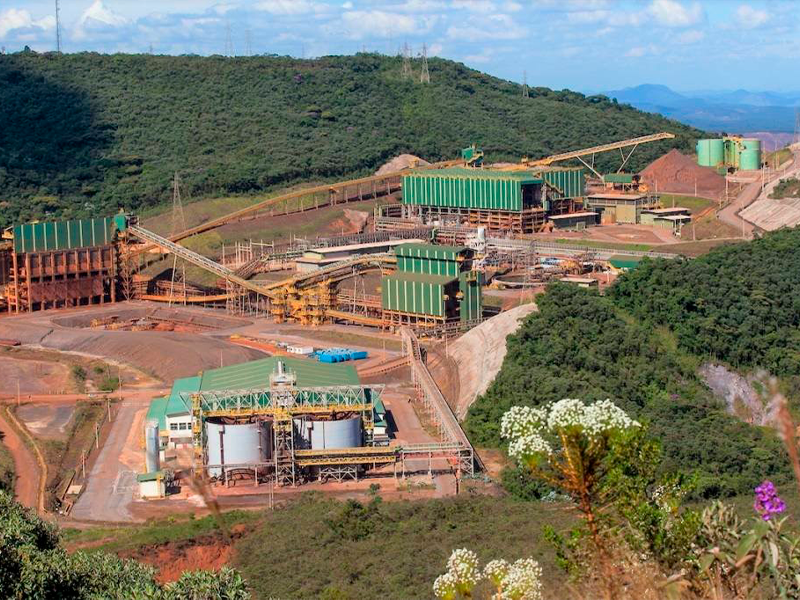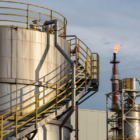
One year and five months after the collapse of the Fundão dam in Mariana, Minas Gerais, we now know much more about the damage caused to communities in Minas Gerais and Espírito Santo. However, the social impact caused by the suspension of the company's operations on the economy of Espírito Santo and, consequently, on thousands of families in the south of the state is also evident and is likely to worsen even further if Samarco does not resume operations this year.
The lack of transfer of taxes generated by Samarco's non-operation will begin to be felt harshly in the municipalities of Anchieta, Mariana and Ouro Preto from 2018 onwards. The city government of the city in Espírito Santo, where the company has operated for almost four decades, is already estimating a 60% drop in its revenue from next year.
The impact of the mining company's shutdown in Espírito Santo can be seen in the recent release by the Jones dos Santos Neves Institute (IJSN) regarding the Gross Domestic Product (GDP) for 2016, which recorded a drop of over 12% when compared to 2015. In addition, a recent analysis by the same institute also indicated an 18.8% drop in industrial production in Espírito Santo, driven mainly by a 31% reduction in the extractive industry, a sector that encompasses Samarco's production.
Since the dam collapse, I have closely followed the agony of the economy in the south of the state. Accompanied by businesspeople from Espírito Santo, I have traveled to Minas Gerais countless times for meetings, hearings and debates on the subject, always with the aim of showing the importance of Samarco resuming its operations.
A licensing process is currently underway at the Minas Gerais State Secretariat for the Environment and Sustainable Development (Semad) so that Samarco can dispose of the waste generated in its production process in a pit called Alegria Sul, located in the Germano Complex, in Mariana. This process has already gone through the stages of public hearings that were held in December of last year, in Minas Gerais.
In addition to the licensing of the Alegria Sul pit, the mining company also needs to comply with the stages of a Corrective Operational Licensing (LOC) for the Germano Complex, which had all its licenses suspended in October of last year. The obstacle at this time is the city government of Santa Bárbara, a city with approximately 28,000 inhabitants, where Samarco has been collecting water from a river to feed its production process since 2014. The letter of compliance from the City Government of Santa Bárbara is essential for Samarco to file the Environmental Impact Study (EIA) for the LOC and begin this licensing process. The city governments of the cities of Ouro Preto, Mariana, Matipó and Catas Altas have already granted their respective letters of compliance.
I remain confident that we will see the plants at the Ubu unit operating again. We know that the impacts caused by the collapse were immense, lives were lost and this can never be forgotten. However, I also believe that the mining company should bear the socioeconomic and environmental losses caused to the two states and that it should resume operations, fulfilling all its obligations and stopping a second social tragedy linked to unemployment and the lack of job and income prospects not only directly in its activities but throughout the chain linked to its business.










